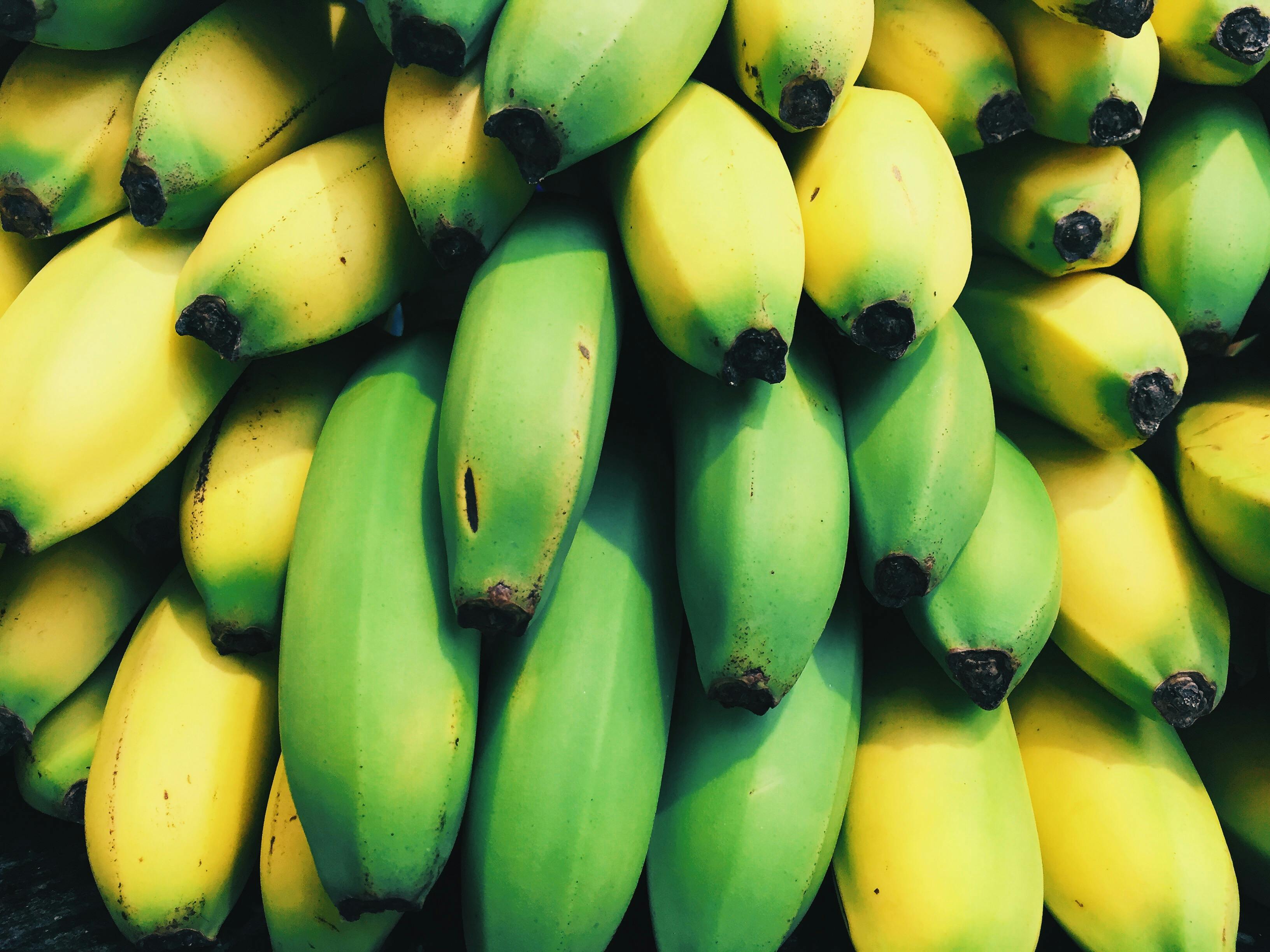Discover the Shared Traits of Two Resilient Tropical Plants: Bananas and Abaca
Are you one of those curious individuals who are interested in learning more about bananas? Well, this article is for you! But, let’s take it one step further by comparing bananas to another tropical plant – abaca.

Both plants are widely cultivated and have been utilized in various industries around the world. In this article, we will delve deeper into the similarities shared by bananas and abaca in terms of cultivation and growth, their multiple uses, and most importantly, their economic significance.
So, whether you are an avid banana lover or just interested in learning more about tropical plants, keep reading to discover the shared traits of these two resilient species.
An introduction to what bananas and abaca are.

Bananas and abaca are two fascinating plants that have captured the attention of many. Bananas are a type of fruit that grow on herbaceous plants belonging to the Musaceae family. They are known for their sweet taste and high nutritional value, making them a popular snack all over the world.
Abaca, on the other hand, is a type of plant that belongs to the Musaceae family as well. Also known as Manila hemp, it is primarily grown for its strong fibers which are used in making ropes, twines, and other industrial products.
Despite their differences in usage, both bananas and abaca share several similarities. They both thrive in tropical climates with abundant rainfall and sunlight. Additionally, they require well-draining soil rich in nutrients to grow healthy.
Bananas and abaca also play significant roles in local economies worldwide. Bananas serve as cash crops for many small-scale farmers while abaca provides livelihoods for communities engaged in fiber production.
As our understanding of these plants continues to evolve through research and innovation, we can expect even more benefits from them both medically and industrially. From banana peels being used as natural fertilizers to new technologies being developed for sustainable abaca farming practices – there is much yet to be discovered about these fascinating plants.
In conclusion, bananas and abaca may seem like ordinary plants at first glance but they hold immense potential when it comes to improving our lives sustainably while supporting local communities across the globe.
The similarities in terms of cultivation and growth are striking.
The similarities between the cultivation and growth of bananas may surprise you. While many assume that growing bananas is a simple and straightforward process, it actually requires careful attention to detail and a deep understanding of the plant’s needs.
Like any crop, bananas require specific soil conditions, water levels, and fertilization in order to thrive. However, what sets them apart from other plants is their unique growth pattern. Bananas grow in large clusters called hands, which must be carefully monitored throughout their development.
In order to achieve optimal growth, farmers must prune the banana trees regularly to ensure that each hand has enough nutrients and sunlight. They must also protect the plants from pests and diseases that can quickly spread through a plantation.
Despite these challenges, there are many rewards to growing bananas successfully. Not only do they provide a vital source of income for farmers around the world, but they also offer numerous health benefits for those who consume them regularly.

Whether you’re a farmer or simply curious about this fascinating fruit, learning more about the cultivation and growth of bananas can deepen your appreciation for this delicious crop. By taking the time to understand these similarities in terms of cultivation and growth, you’ll gain valuable insights into what it takes to produce high-quality bananas while also supporting sustainable agricultural practices around the world.
Similarities in the uses of both plants in various industries.
Bananas and plants have more in common than just being part of the same botanical family. In fact, they share a surprising number of similarities when it comes to their use in various industries.
One major similarity is their versatility as a resource. Both bananas and plants have been utilized for centuries in various industries, from food production to pharmaceuticals. Bananas are not only consumed as a fruit but also used in baking, smoothies, and even as a natural sweetener. Plants, on the other hand, are used for everything from building materials to fuel sources.
Another similarity between bananas and plants is their economic significance. The banana industry alone generates billions of dollars each year worldwide, providing jobs for millions of people across different countries. Similarly, the plant industry has become an essential contributor to global economies through its production of raw materials such as wood pulp and rubber.
Furthermore, both bananas and plants have significant environmental benefits due to their ability to absorb carbon dioxide from the atmosphere during photosynthesis. This process helps reduce greenhouse gas emissions that contribute to climate change.
In conclusion, while bananas may seem like an unlikely comparison with plants at first glance, they share many similarities when it comes to their use in various industries. By recognizing these similarities and utilizing them effectively, we can continue harnessing these resources towards creating sustainable solutions that benefit our economies while minimizing our impact on the environment.

The economic importance of both bananas and abacá.
« Exploring the Surprising Similarities Between Bananas and Apples: A Nutritional Comparison and Recipe Ideas
Unlocking the Mystery Behind Sour Bananas: A Comprehensive Guide. »
Bananas and abaca are two of the most economically important crops in the world, each with their own unique contributions to global commerce.
Bananas, which are enjoyed by millions of people worldwide, have a significant impact on both local and international economies. Their cultivation provides livelihoods for millions of farmers across the globe, while their export generates billions of dollars in revenue each year. Bananas are also a major source of nutrition for many people, particularly in developing countries.
Abaca, on the other hand, is a lesser-known crop that plays a critical role in various industries such as textiles and paper production. Known as ‘Manila Hemp,’ abaca fibers possess high tensile strength and durability that make them ideal for manufacturing ropes, twines and cables. Due to its unique properties, abaca has become an integral component in many industrial products.
Despite their different uses and markets, bananas and abaca share a common thread – they both contribute significantly to the economic well-being of communities around the world. Understanding how these crops affect local economies can help us appreciate their value beyond just being fruits or fibers. As we continue to explore new ways to address global challenges like food security and sustainable development goals (SDGs), it is imperative that we recognize the importance of both bananas and abaca as vital components of our social fabric.
Check out our other articles to find out even more about banana.
Bananas and abaca are two plants that have a surprising amount of similarities. From cultivation and growth to uses in various industries, both plants are economically important crops. It’s clear that learning more about bananas is just one way to get acquainted with the fascinating world of horticulture. Check out our other articles to find out even more about banana!















